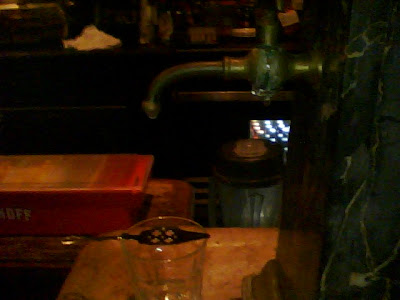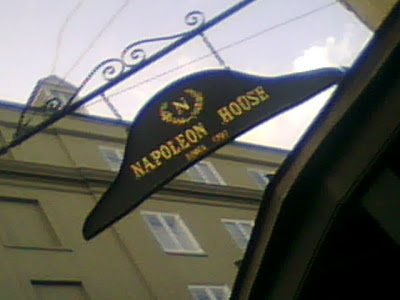
Some time in the distant past, I was told by a clerk at Crush, the East Side wine shop, that they were getting a shipment of Sancerre from famed winemaker Edmund Vatan. I should pre-order, I was advised, because Vatan had threatened that this would be his last year making wine. Now, I don't usually pre-order, because I'm a pauper. But I bit this time. I had a little money not doing anything, so I signed on for three bottles.
And then I waited. April became May. May became June. Where was the Vatan? It was late. Crush was apologetic. They blamed the French. (It's easy to blame the French.) A strike or shipping delay or some such labor thing. Finally, last week, I strolled into the shop quite by happenstance, expected to be disappointed yet again. But, lo and behold, the Vatan had arrived. (What? No phone call?) I happily skipped out the door with my three vessels.
The clerk offered advice again: have one now, one in five years, and one in ten. Sounded OK. Especially the now part. I'm not a big one on having to wait a decade to see if the wine I bought is any good. I uncorked it on Sunday, and, can I say, my friends: it was worth waiting for.
Some say Vatan is the best maker of Sancerre around. I don't know about that. I haven't tasted every Sancerre. But I do know he makes the best freaking Sancerre I've ever tasted. Complex, wide and deep, full of subtle, nuanced fruit and minute flecks of minerality throughout. It is simultaneously mellow and easy, and bracing and edgy. Terroir all over the place. Above all, the structure is awesomely impressive. This wine holds so much inside it, because its housing is flawless.
Bad news? Now I only have two bottles left. I've got to find some more money that's not doing anything.



















